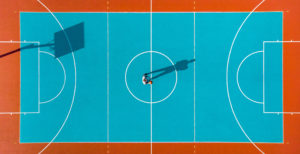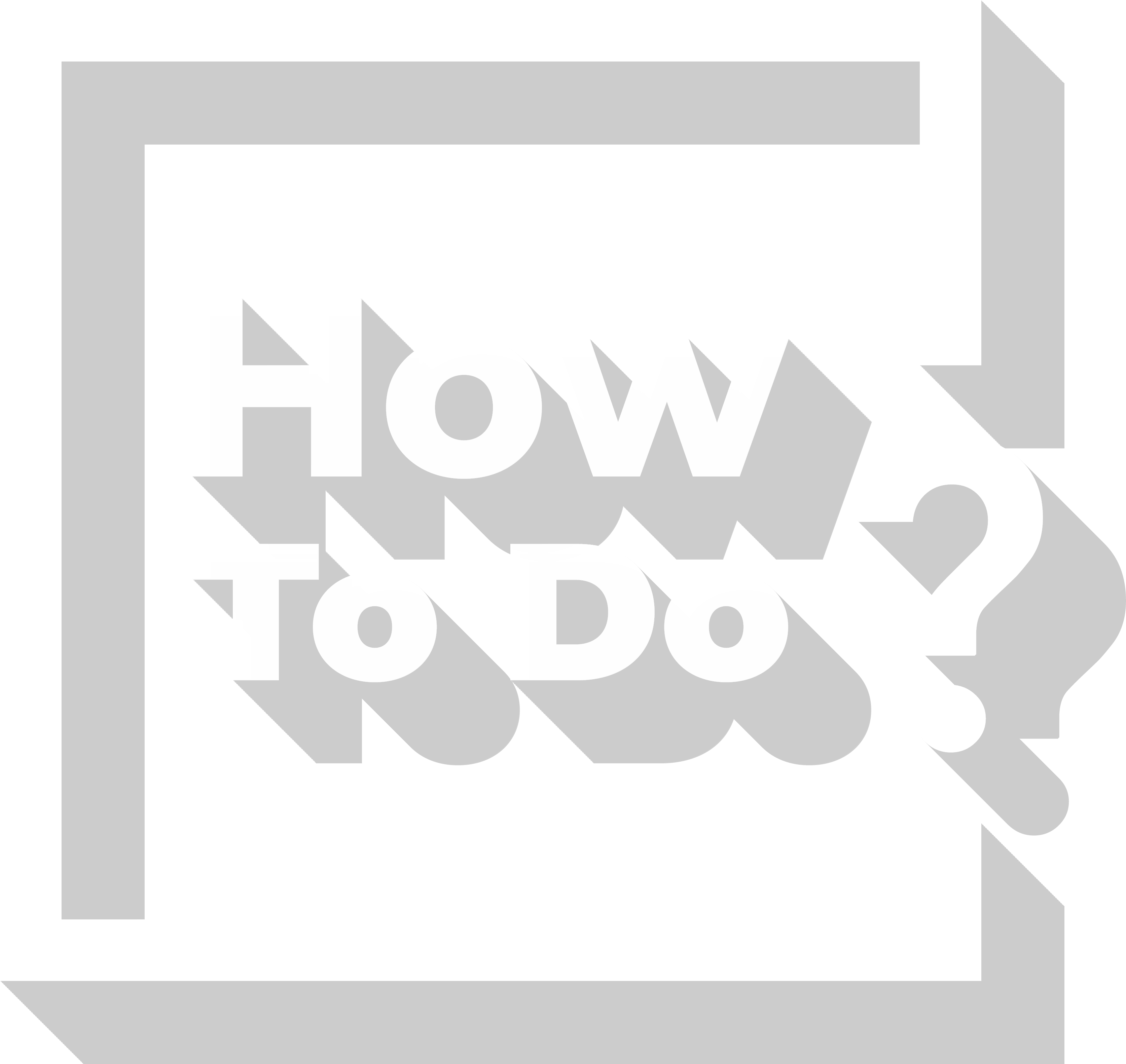Basketball is a popular sport in the most part of the world. On the other hand, the biggest league with the highest budget is U.S.A.’s NBA. In basketball, 2 teams of 5 players play against each other. Each game contains 4 quarters. Each quarter takes 10 minutes (12 minutes in NBA). The objective of the game is to successfully throw the ball into the basket defended by the opposing team and try to prevent the opposing team from doing the same. When the game ends, the team with the highest score will win.
Of course, you have to be talented, disciplined and hard working to be a good basketball player. However, whether your intention is to be a professional player, to play basketball for fun, or to watch the games, the first thing you need to do is learn the rules of the game. In this article, we have explained the rules of basketball for you.
General Rules

At any time, 5 players from each team can be on the court. However, each team can make player substitutions as much as they want to. Each game contains 4 quarters. Each quarter is 10 minutes long (12 minutes in NBA). There is a 15-minute gap between second and third quarters and the rest of the gaps are 2 minutes long. The player who possesses the ball should pass the ball, shoot, or dribble. If the player who is dribbling the ball holds the ball with his 2 hands, he should either shoot or pass the ball. The offensive team has to pass the half way line with the ball in 8 seconds, and shoot in 24 seconds. If these time-limits are exceeded, the opposing team gains the ball. If the shot is taken in 24 seconds but the ball fails to go in the basket, another 24-second time limit starts. After each score, game stops and the defense becomes the offensive team and starts from its section. If the ball fails to go in the basket, the game continues, unless the referee stops it.
Score Points

When a team succeed to throw the into the basket defended by the opposing team, it is called a score. When a team makes a basket, they score 1, 2, or 3 points depending the situation. If the basket scored from the inside the three-point arc, it brings 2 points. If it’s scored from outside the three-point arc, it brings 3 points. Free throws gained because of the fouls or violations of the opposing team, bring 1 point. The teams who ends the game with the highest score wins.
Court

The dimensions of the basketball court is 28m x 15m (These dimensions are 29m x 15 meters for NBA and NCAA). Most of the courts have wood floring. There is a basket in the middle of each short edge of the rectangular court. The baskets are placed at the center of plaques with dimensions of 1.8m x 1.2m. The baskets are located at 3,05m in height. Each basket is composed of an iron hoop and an attached net. The court is divided into 2 sections by the midcourt line. There is a circle in the middle of the midcourt line, named is the center circle. After the second quarter, teams change their sections of the court.
Fouls and Violation

The team violating the rules is punished. There are 2 categories of rule violations. These are named as violations and fouls. Violations are related to topics such as ball-handling and time-limits. When a team commits a violation, the opposing team gains the ball.
Fouls are behaviors such as hitting, pushing, pulling, and holding. If the player was shooting when he or she was fouled, the punishment depends on the situation. In the case of 3-point shootings, the team gains one free throw if the basket is scored, or 3 free throws if not. In the case of 2-point shootings, the team gains one free throw if the basket is scored, or 2 free throws if not. If the foul happens outside of a shooting instant, the fouled team starts at the nearest side or baseline.
Technical fouls cover acts such as unsportsmanlike behaviors. As a punishment, the fouled team gains 1 or 2 free throws. When the count of fouls committed by a team exceeds a certain number, each time they commit another foul, the opposing team gain a free throw.


